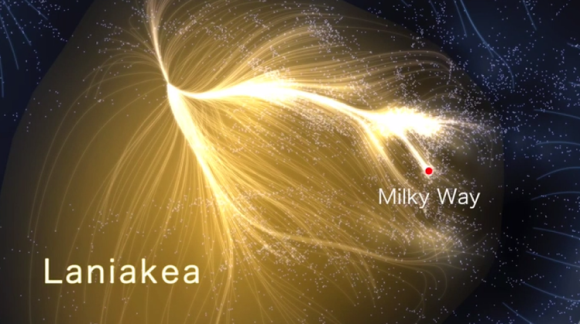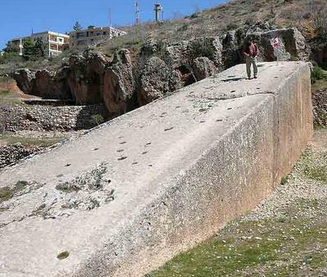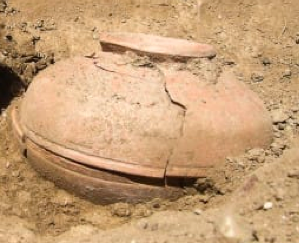Images of Laniakea: Our home supercluster
Happy New Year!
The New Year often inspires both a reflection on the past and wishes and hopes for the future – it is a marker of time that is set with an extra bright beacon. Self-reflective and hopeful, we approach January 1st with the assumption that we will live to experience another year and then we ask ourselves, how can we experience this revolution around the sun just a little better this time?
Being so aware of the passage of time, perhaps it is also interesting to imagine where we are in SPACE as well?

A new study in Nature finds that the Milky Way is part of a broader supercluster of 100,000 galaxies known as Laniakea.
From Vox,
This is the most detailed map yet of our place in the universe
by Brad Plumer
“We know that the Earth and the solar system are located in the Milky Way galaxy. But how, exactly, does the Milky Way fit in among the billions of other galaxies in the known universe?
In a fascinating 2014 study for Nature, a team of scientists mapped thousands of galaxies in our immediate vicinity, and discovered that the Milky Way is part of a jaw-droppingly massive “supercluster” of galaxies that they named Laniakea.
This structure is much, much, much bigger than astronomers had previously realized. Laniakea contains more than 100,000 galaxies, stretches 500 million light years across…”
For more, and an incredible video from Nature, click here.
Share

